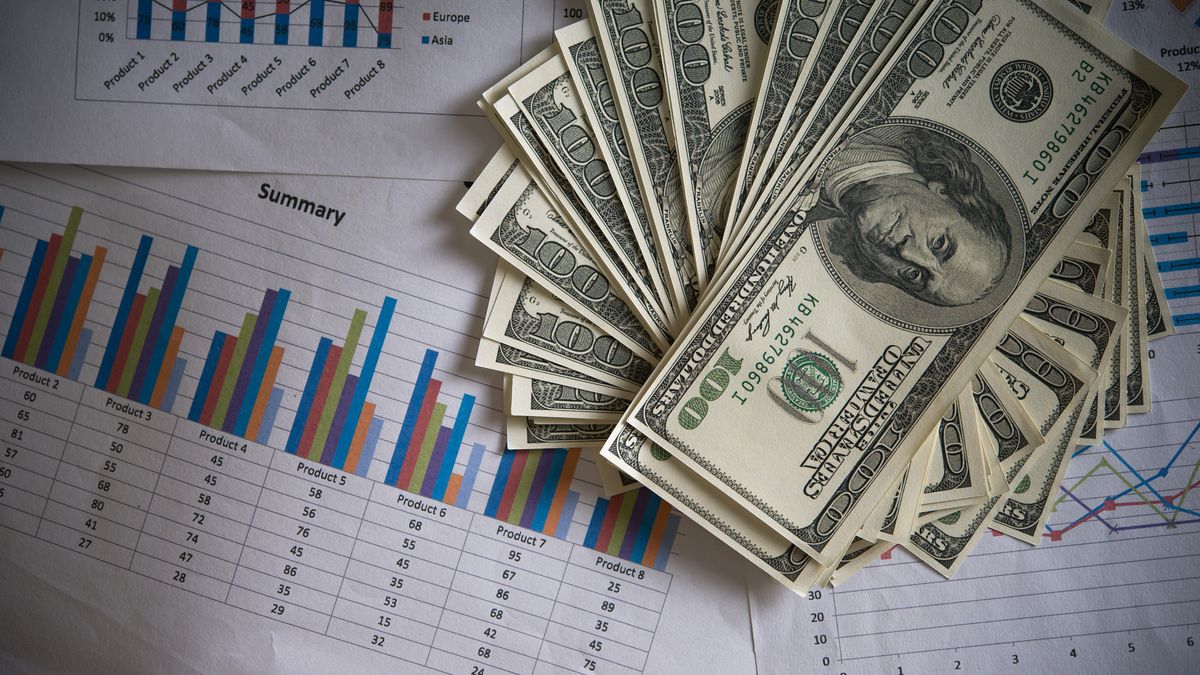He dollar accumulates four falls in a row in the exchange market local and these movements contrast with the strength that was evident in recent weeks, in which it surpassed values that it had not reached since February 2022.
According to the quote of the Central Bank of Uruguay (BCU), the US currency closed this Thursday at 43,850 pesos, moving away from the range of 44 pesos that it reached 16 days ago and falling 1.96% in four days, from what was its peak of 44,728 pesos. reached last Thursday.
Overshooting and regional situation
In statements to Ámbito, the trader of Gastón Bengochea & Cía. Stockbroker, Adrian Moreira, awarded the appreciation of the dollar in front of Uruguayan peso to an “overshooting” and graphed: “When the currency moves quickly, nervousness begins and it overreacts, and then it drops almost a peso.”
The economist specialized in financial analysis and data science highlighted that in the last 30 days there was “a mixed behavior of the region’s currencies,” highlighting that “the mexican currency appreciated by 2.16%, while the argentine peso fell 2.18%.”
To this was added the depreciation of the realof 5.91% in that period. “The latter is more due to fiscal and policy issues that do not convince investors to bring the deficit to more sustainable ranges,” Moreira indicated about the government’s measures. Lula da Silva, although he highlighted that it has “many international reserves and a large part of its debt is denominated in reais.”
Grafidola.jpg
Interest rates, a key factor
In parallel, the CPA Ferrere economist, Nazareno Sánchez, He told this medium that another important factor was the uncertainty regarding the interest rates. “Before the BCU raised the MPR by 25 basis points last Monday, the Uruguayan peso had depreciated more strongly in the last month than the rest of the region’s currencies,” he recalled.
Thus, he considered that “in a context of strengthening the dollar At the international level, the uncertainty about the decision of monetary policy of the BCU added volatility around the Uruguayan peso.”
For Sánchez, “since it was not clear whether the central bank would raise or maintain the rate, the market would have operated more cautiously, shedding assets in national currency,” while he countered: “Once the new MPR was known, the UYU would have corrected downward, now registering a depreciation similar to that of other currencies in the region so far in December.”
Taking these aspects into account, the CPA economist Ferrere stated that “clear and consistent communication” from the BCU will be “fundamental to reduce uncertainty and mitigate the volatility exchange rate around monetary policy decisions.”
Uncertainty in the short term
Moreira focused on the fact that the depreciation of the peso has been occurring since elections and warned that “it is beginning to put pressure on the inflation via tradable goods, something that can be noted in the cut-off rates of Monetary Regulation Bills (LRM)” and compared: “Today the 1-year LRM cut at 9.41%, when a month ago it was around 9%. This means that it is costing the central bank more to place these instruments.”
When analyzing a future predictor, the Bengochea y Cía. pointed out: “We do not see that the country risk has increased, so it is evident that the uncertainty is rather short-term.”
Regarding until when this concern can be reflected on the part of the market, he expressed: “It will persist until the market is not certain of how the monetary and fiscal policy of the next government.”
Source: Ambito
I am a 24-year-old writer and journalist who has been working in the news industry for the past two years. I write primarily about market news, so if you’re looking for insights into what’s going on in the stock market or economic indicators, you’ve come to the right place. I also dabble in writing articles on lifestyle trends and pop culture news.




